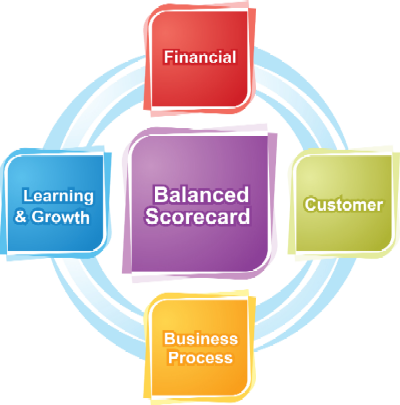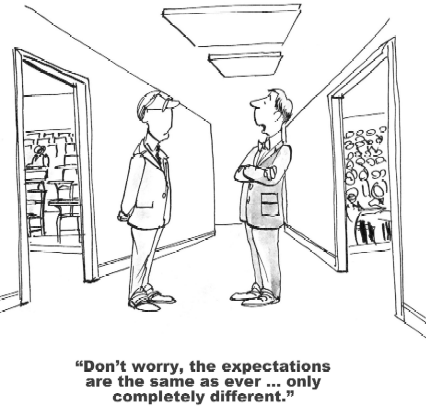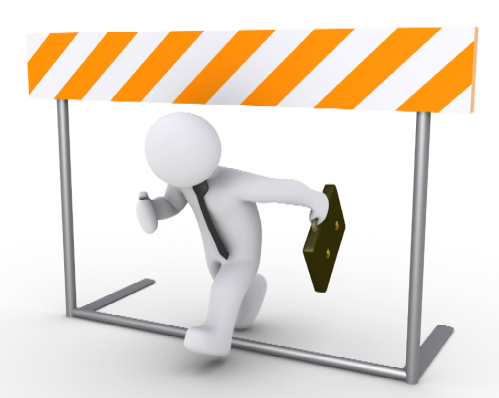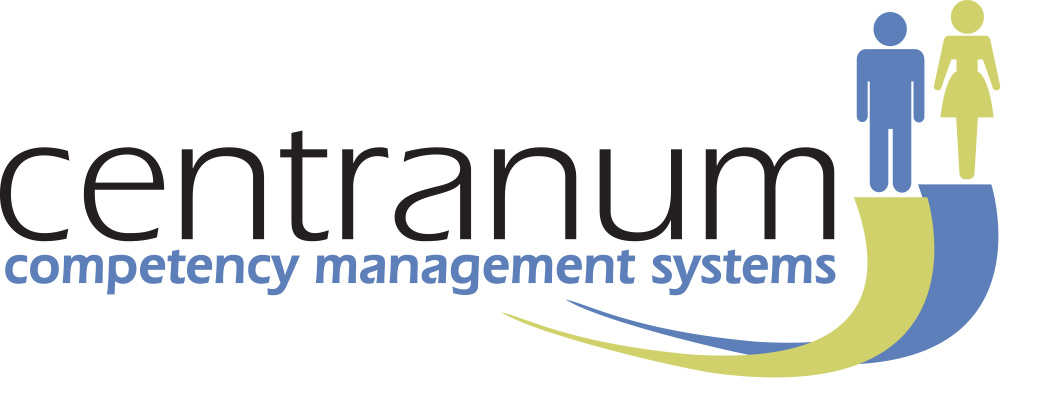Next Generation Performance Management
Not a form with workflow.
It is a leadership skill that all staff should have from contributors to team leaders, middle management and executives.
Traditional Performance Management
Traditional performance management systems are based on the original paper or spreadsheet annual performance appraisal forms.
When using a paper system you have to have standardized forms. The standard that almost all organisations follow is to have a section for key result areas or goals, and another on broad ‘citizenship’ or core competencies, such as teamwork and communication.
So this format was ported by technology vendors to online performance management systems. Most performance management systems today are basically the digitised forms with a workflow that circulates them.
The forms are typically filled in with goals at the beginning of the year. There may be a mid-year review, and there may be “catch ups” , but most have just a year end evaluation.
There is almost universal agreement that these traditional performance management systems are broken. To summarise the main reasons why;
- a few goals and broad ‘citizenship’ competencies, such as teamwork and communication can’t effectively communicate job role expectations.
- standardization means generalised descriptions that aren’t directly relevant to what people do day to day.
- Inadequate measurement methodology means subjective and politicised evaluations.
So it’s not surprising that such systems lack credibility and risk alienating staff.

Effectively communicating performance expectations is particularly challenging in today’s knowledge based organizations because individual roles are complex, diverse and constantly evolving.
Nor is it easy to collect objective data about individual performance.
But just because it is difficult does not mean it should not be done, or indeed cannot be done.
Next Generation Performance Management
Performance Management is a dynamic day to day process – not a periodic administrative exercise. Its fundamental purpose is to;
- align individual effort to organisational priorities
- ensure people always know clearly what’s expected of them in terms of accomplishments
- know how they are doing
- get guidance and assistance as needed
- remove any barriers to achieving results
- Get fair recognition and reward
This is not new. “Next Gen” Performance Management is just back to basics – getting the fundamentals right.
It’s simplistic to think that a standardized form can drive a complex process. But since information systems now drive organisational practices there has been little consideration of alternatives.
Instead many organisations are joining the latest bandwagon of doing away with the annual performance review – replacing it with “catch ups”.
“Reasons the companies cited for eliminating the evaluations were their laborious nature, the awkward dynamic they create between employees and managers, the unhealthy competition they incite among colleagues, and the dissatisfaction managers have with the entire process.” (SHRM) 1
This has been likened to throwing the baby out with the bathwater. 2 Organizations need some way to transparently identify those who merit differential rewards and advancement.
Performance Management is THE fundamental leadership skill.
Pre-requisites for effective performance management
Basic prerequisites for effective performance management are all too often lacking in today’s organisations. Senior executives and HR leaders seem reluctant, or unable, to set up the infrastructure that is needed.
At the strategic level an organisation must have and communicate a clear idea of its mission and purpose. Its structure should reflect this purpose.

There must be a clear understanding of what actions are needed to achieve the purpose, and how this work should be divided up through divisions, departments and teams. The simpler the better.
This alignment is a dynamic one with adjustments whenever needed, not a one time or once a year re-alignment, or periodic major restructure.
Unfortunately effective Organisational Design is a fundamental leadership responsibility that is often put in the too hard basket.
Without it the performance of individuals and the organisation as a whole won’t reach potential.
1. Aligning Individual Effort to Organisational Priorities
The Balanced Scorecard concept was introduced by Kaplan and Norton of the Harvard Business School in the early 90s 3. They proposed that organizations must measure achievement of mission and purpose in 4 key areas;
- Customer Satisfaction
- Financials
- Effectiveness of business processes
- Learning and growth – capability, knowledge and innovation
Their fundamental premise was that if you cannot measure it you cannot improve it.
Since then many large organizations have adopted this approach as part of their strategic management initiatives. It is an effective and simple way to align individual performance to organizational priorities.

Each area may have objectives and key performance indicators that are specific to parts of the business. For example achieving customer satisfaction means different things in different functions and sometimes geographies – for example;
- Marketing – excellence in product information
- Sales – knowledgeable assistance in selecting the right product
- Operations – quality of product or service
- Customer Support – availability of support information and quick resolution of issues.
These performance indicators will change to suit changing business priorities and strategies, especially with the disruptive competitive environment we have today. Your performance management system must be agile enough to easily support these changes.
Individuals contribute in different ways to these KPIs depending on their role.
2. Ensure people know what is expected of them in terms of accomplishments
A distinction must be made between behaviours/actions and outputs. It is the outputs or results of our actions that are of value to the organisation, not the actions themselves. As behavioural scientist Thomas Gilbert explained 4 for the organisation actions are a cost. It’s only results that have value.
People are employed in a specific position/role. As part of that employment contract they must know what is expected. Indeed in many countries a job or position description is part of the employment contract.

Many organizations disparage the job description. The main criticism – they are too inflexible.
This isn’t an issue with job descriptions per se, but more a problem of inadequate job description management systems. Roles are dynamic – they change as needed.
A job description system must be dynamic too – a means of keeping expectations visible, current and clear.
Unfortunately in many organisations job descriptions – fundamental to the employment and psychological contract – are of poor quality and out of date.
Nevertheless Job descriptions can easily be improved, see checklist, if given the priority they deserve.
Most performance management systems focus on goals. Goals are by nature set for a specific time period, whereas jobs have open ended and ongoing expectations.
A next generation performance management system must be able to convey the full scope of performance management expectations – those that are ongoing and those that are specific goals.
It must be a ‘living’ system so that changes can easily be made, as and when needed, without an administrative nightmare.
Most importantly it must prompt users to describe performance expectations in terms of expected results, not just a list of tasks or behaviours.
3. Know how they are doing
People don’t like to work in a vacuum – they want to know how they’re doing. A very frequent complaint is ‘there is little or no feedback’.
Behavior is encouraged or discouraged by its consequences. Failing to provide feedback regularly means performance is not being managed.
Expectation linked feedback for both open ended job expectations and specific goals is the core of a next generation performance management system. This is completely different from the traditional performance appraisal form.
Some performance management systems include a catch up facility or performance diary but HR leaders fear this only adds to the current administrative load. 3
This is bound to be the case unless performance expectations are fully individualized and relevant to the day to day job role and its challenges.
Some IT vendors are promoting the use of crowd sourced feedback. Crowd sourced comments have been termed a “psychometric train wreck” 5. This is because they are unstructured text, almost exclusively positive, and very easily manipulated for personal and political gain.

360 feedback is another way of broadening the sources of feedback. It is becoming increasingly popular. It does have a quantitative rating measure that can be used for analysis.
360 feedback has an administrative cost. Research shows that in those cases where there is an objective measure of performance; there is little gain in accuracy from 360 feedback when using more than 3 respondents. 6
Most often what is measured in 360 feedback is broad competencies that have no hard performance data. Research indicates that different respondents are rating different aspects of performance depending on the aspects of the role that they are able to observe. Studies also show that when respondents perceive their feedback is being used for decisions on advancement and remuneration their feedback is much more positive.
360 feedback is therefore most appropriate and effective when used as a separate developmental exercise.

Next generation performance management systems need to support performance self-monitoring.
People are more engaged when have more autonomy in their work.
Performance diaries are proven to be effective for minimising memory bias when it comes to performance evaluation 7.
There is a tendency to remember only the first and last occurrences, and in the workplace bad experiences may be remembered rather than good ones. Performance diaries should be available as part of the final performance evaluation.
4. Get guidance and assistance as needed
One fundamental role of leaders is to support their staff to perform. Helping staff to develop individual core competencies such as problem solving skills will help them become more autonomous and improve engagement.
Newer team members will need more guidance. Job support information should be available through the performance management system.


5. Remove any barriers to achieving results
There are many examples of barriers to performance in the workplace. There may be a lack of resources or information, a lack of decision authority, delays in the process with handovers from other teams. Often there are grey areas in expectations and people either tread on each other or important tasks fall between the role boundaries. Very frequently lack of training is an issue.
A next generation performance management system should support staff and managers in identifying and addressing barriers to performance.
6. Fair recognition and reward
This is all about motivation. As we know work behaviour is influenced by its consequences. If we take a positive action and get a result that is negative for us we are likely to discontinue that action. Negative results include lack of feedback, and getting assigned more work because we are a top performer. If we take an action that is negative for the organization and get a positive result we are likely to continue it.
A next generation performance management system must ensure that positive actions lead to positive consequences for the individual, and vice versa. One of the most common challenges a manager faces is how to deal with poor performance – a next generation performance management system must include a process and support mechanism for dealing with poor performance.
References
- https://www.shrm.org/ResourcesAndTools/hr-topics/technology/Pages/SAP-Eliminates-Annual-Performance-Reviews.aspx
- David J. Woehr and Sylvia G. Roch (2016). Of Babies and Bathwater: Don’t Throw the Measure Out With the Application. Industrial and Organizational Psychology, 9, pp 357-361. doi:10.1017/iop.2016.25.
- Robert S. Kaplan, David P. Norton (1992) download from https://hbr.org/1992/01/the-balanced-scorecard-measures-that-drive-performance-2
- Thomas Gilbert (1978) Human Competence: Engineering worthy performance. McGraw Hill New York.
- Gerald E. Ledford, Jr., George Benson and Edward E. Lawler, III (2016). Aligning Research and the Current Practice of Performance Management. Industrial and Organizational Psychology, 9, pp 253-260. doi:10.1017/iop.2016.7.
- Matt C. Howard (2016). The Relationship Between the Number of Raters and the Validity of Performance Ratings. Industrial and Organizational Psychology, 9, pp 361-367. doi:10.1017/iop.2016.26.
- DeNisi, A. S., & Peters, L. Y. (1996). Organization of information in memory and the performance appraisal process: Evidence from the field. Journal of Applied Psychology, 81, 717–737.

